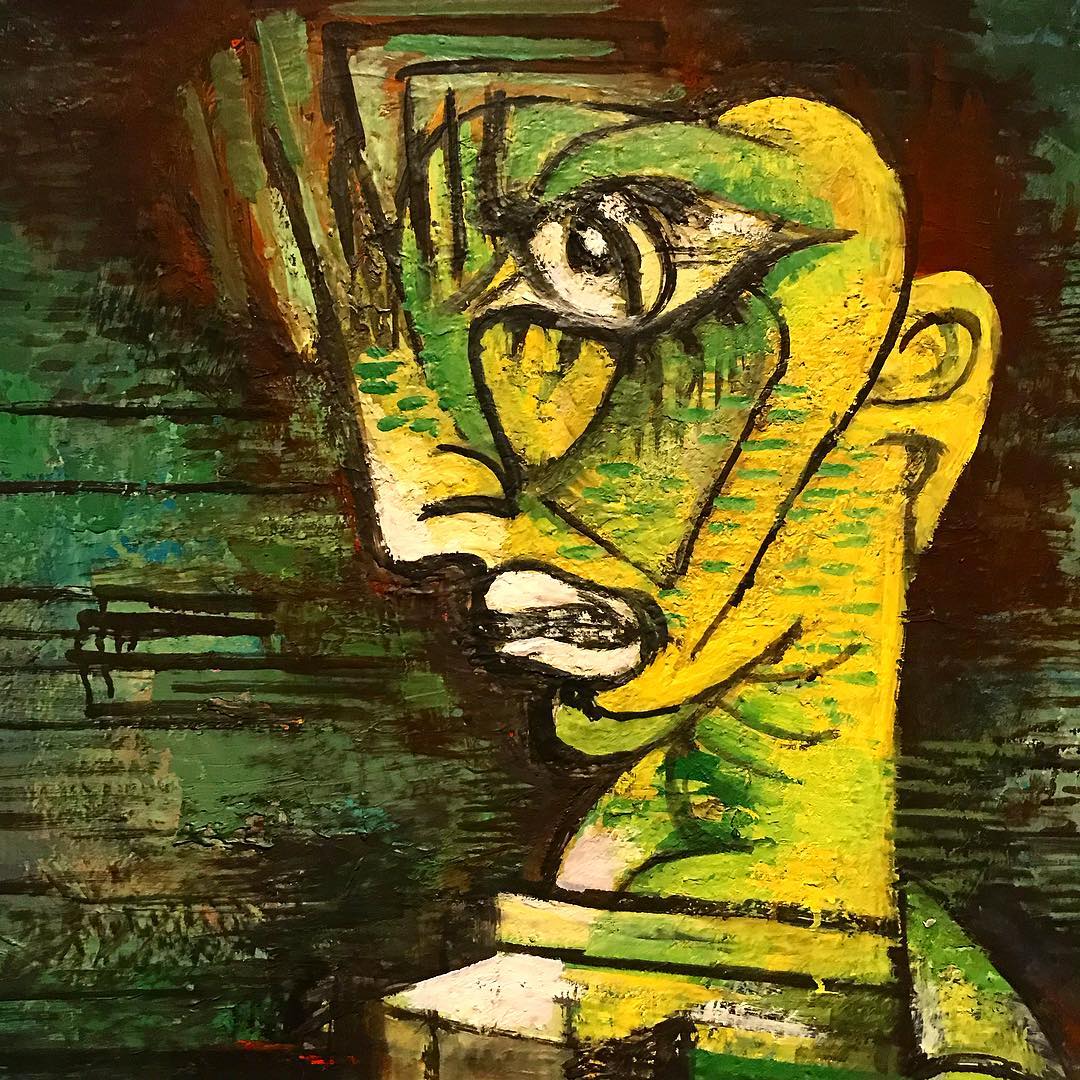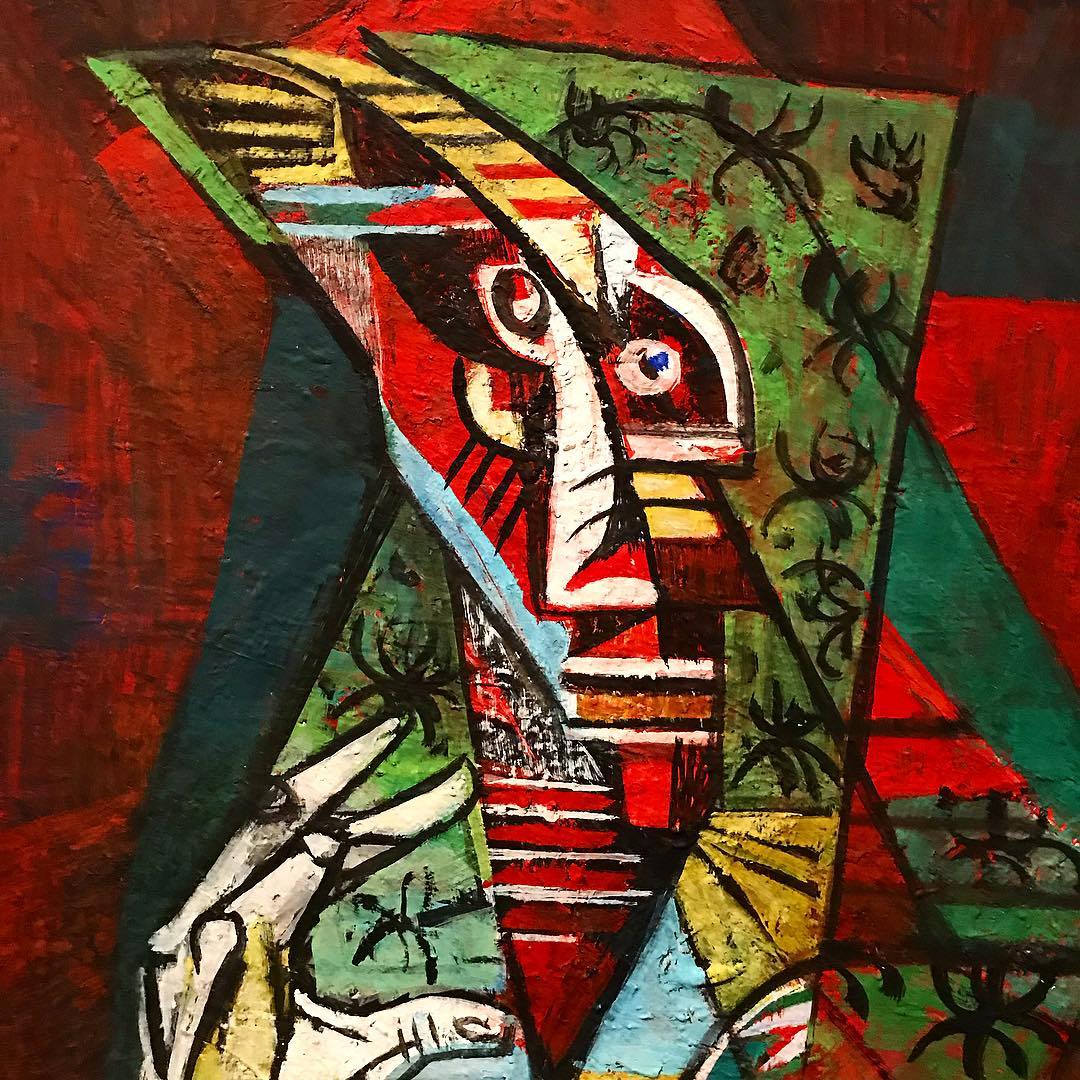 Here is what I learned about how evil encroaches on society, from the Topography of Terror,
a Berlin documentation center located on the grounds that, during the Third Reich, headquartered
the Secret State Police, and the SS (Schutzstaffel). In photograph after photograph, and story after story,
I saw how a country turned to the dark side, not all of a sudden, but gradually, with the help of indifference and forced allegiance.
Here is what I learned about how evil encroaches on society, from the Topography of Terror,
a Berlin documentation center located on the grounds that, during the Third Reich, headquartered
the Secret State Police, and the SS (Schutzstaffel). In photograph after photograph, and story after story,
I saw how a country turned to the dark side, not all of a sudden, but gradually, with the help of indifference and forced allegiance.
Hitler took power as German chancellor in January 1933. His party systematically collapsed the separation of powers within the government, demolishing freedom of the press, trade unions, and other basic rights. Books were burned that did not adhere to the “un-German spirit."
The Reichstag fire of Feb 27, 1933 was used to suspend basic rights by way of an emergency decree. It set off a wave of terror in the months that followed. The National Socialists proclaimed the new order, “Third Reich.” Opponents of the Nazi Party were arrested and offices ransacked. They eroded the law while building up a police force by replacing the old one, whose purpose was to intimidate those against the Nazi party. In July a law was passed banning the forming of other parties, leaving the Nazi party as the only recognized entity.
The German people were afraid the country would descend into chaos after the failure to sign the Treaty of Versailles. Hitler promised security and order for many, not seeing how the establishment of the Gestapo secret police force was aimed for the social control of the German people. The people were ready to throw over democracy for popular rule. The economy was good as the government took on many infrastructure improvements, such as housing and the Autobahn. Though these programs had a hidden agenda, to build up for war. Consumer gains also help cement loyalty of the people to the Nazi leadership.
And the Nazi leadership proclaimed "Volk community," or the community of people, while also peddling the idea of all men are not created equal, to justify the defamation, disenfranchisement and persecution of critics. As the Nazi party celebrated success, critics were increasingly marginalized Surprise early morning searches were held, to look for "communist supporting activities.”
The Prussian secret police, Gestapo, was joined by Heinrich Himmler to his own police, in Bavaria. They started using concentration camps to imprison opponents. By the end over 1933, several thousand had been held, maltreated, and some even murdered.
November 10 1938, in the now-Polish town of Glatz, a synagogue was burned to the ground, as townsfolk watched. The local SA were given orders to burn this synagogue down and destroy the Jewish shops and businesses. Jewish men of the town were attacked, physically and verbally, before being rounded up and sent to a concentration camp. Only a smattering of evidence exists for the day, photos and scattered testimony. No police reports were found of the destruction.
Early that morning, the synagogues and then the Jewish shops were also attacked in Berlin. Protected by the SS, "destruction commandos" in open trucks came in to destroy the businesses, throwing goods out into the street, or loading them into cars to cart off.

By the fall of the Nazi regime, they had murdered over 6 million Jews, 3 million Russians, 500,000 Sinta and Roma, and hundreds of thousands of hospital patients. At first, Germans themselves were in denial about these crimes, many stating they were seduced by the ideology, or the peer pressure. The true blame should be put on the figureheads, they argued.
In 1944, 11 foreign workers were hanged by the Gastapo. They were all charged with criminal offenses but were given no hearing to defend themselves. The gallows were set up in the morning, and the hanging got underway that afternoon. One prisoner's rope was too long, his toes touching the ground, so a Gestapo officer "stepped up and raised the man's legs," so that the rope would strangle the prisoner.